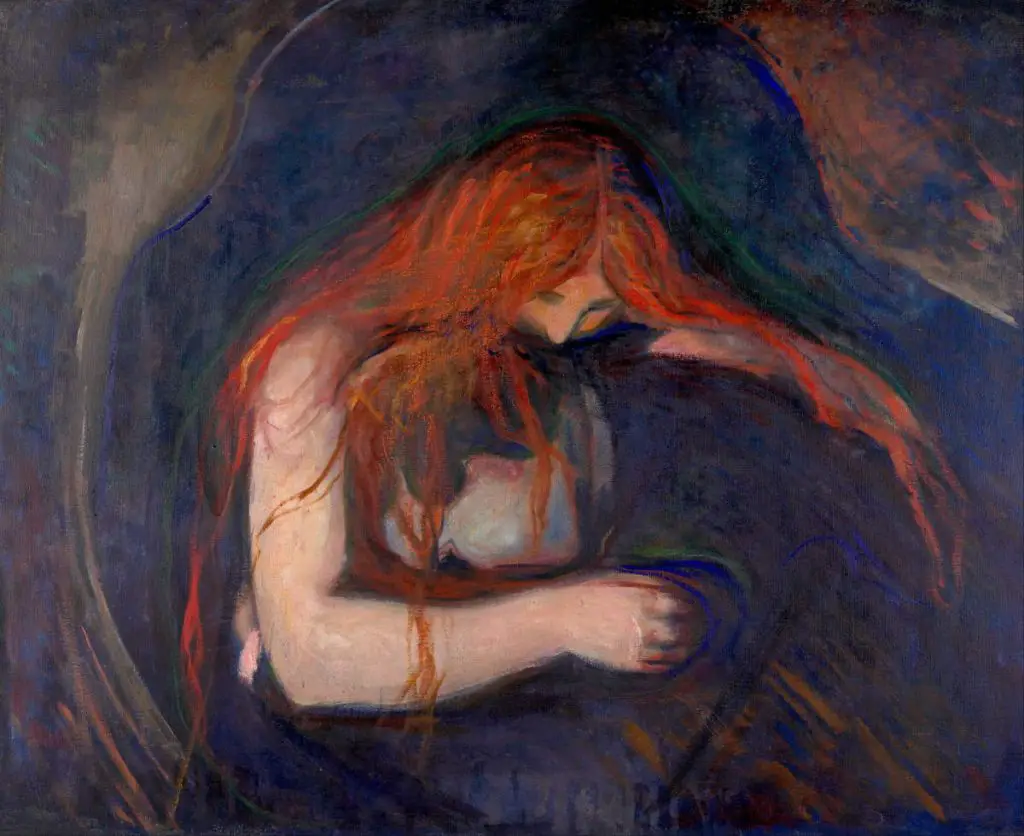The Gnossiennes are several piano compositions written by the French composer Erik Satie (born Éric Alfred Leslie Satie; 17 May 1866 – 1 July 1925; he signed his name Erik Satie after 1884 in the late 19th century). Satie composed Gnossienne No.1 in 1890 and dedicated it to Alexis Roland-Manuel (22 March 1891 – 1 November 1966), the French composer and critic, in 1913.
Being such an eccentric, Satie composed this Gnossienne with no time signature and no bar markings.
Daniel Varsano version
Daniel Varsano (Casablanca, 7 April 1953; Paris, 9 March 1988) was a French pianist. He recorded Erik Satie’s Gnossienne No. 1 in 1971.
Reinbert de Leeuw version
Reinbert de Leeuw (born Amsterdam, 8 September 1938) is a Dutch conductor, pianist, and composer.
His version is really, really slow. Some critics say this is the most accurate version. Because the piece is supposed to be played really slowly.
Tzvi Erez version
Tzvi Erez (b: 1968) is an Israeli pianist. He received international recognition when he recorded and released his “Beethoven Piano Works” (2000) and “Tzvi Erez plays Chopin” (2003) under the Niv Classical record label. Since then, he has been regarded as a leading interpreter of classical music, particularly in the works of Bach, Beethoven, and Chopin. His interpretations and technique have become a point of reference to millions of music audiences around the world.
Alessio Nanni version
Alessio Nanni is an Italian classical pianist and composer. Studio recording at White Noise Factory, November 23rd, 2009. Piano: Steinway & Sons.
Studio recording at ©WHITE NOISE FACTORY. Piano: Steinway & Sons. November 23rd, 2009.
This video in HD format is iPad 2, iPad 3, iPhone 4, iPhone 5 Android ICS gingerbread devices compatible.
Trois Gnossiennes (Gnossienne No. 1-3)
The Trois Gnossiennes (Gnossienne No. 1-3) were composed around 1890 and first published in 1893. A revision prior to publication in 1893 is not unlikely; the 2nd Gnossienne may even have been composed in that year (it has “April 1893” as the date on the manuscript). The piano solo versions of the first three Gnossiennes are without time signatures or bar lines, which is known as free time.
These three Gnossiennes were first published in Le Figaro musical No. 24 of September 1893 (Gnossiennes Nos. 1 and 3, the last one of these then still “No. 2”) and in Le Cœur No. 6-7 of September-October 1893 (Gnossienne No. 2 printed as facsimile, then numbered “No. 6”).
Erik Satie was one of the most geniuses in music history. Satie’s coining of the word “gnossienne” was one of the rare occasions when a composer used a new term to indicate a new “type” of composition. Satie had and would use many novel names for his compositions (“vexations”, “croquis et agaceries” and so on).
“Ogive,” for example, had been the name of an architectural element until Satie used it as the name for a composition, the Ogives. “Gnossienne,” however, was a word that did not exist before Satie used it as a title for a composition.
The word appears to be derived from “gnosis”; Satie was involved in gnostic sects and movements at the time that he began to compose the Gnossiennes. However, some published versions claim that the word derives from Cretan “knossos” or “gnossus” and link the Gnossiennes no 1 to Theseus, Ariadne, and the Minotaur myth.

Sources
- Gnossiennes on Wikipedia
- Erik Satie on Wikipedia
- Tzvi Erez on Wikipedia